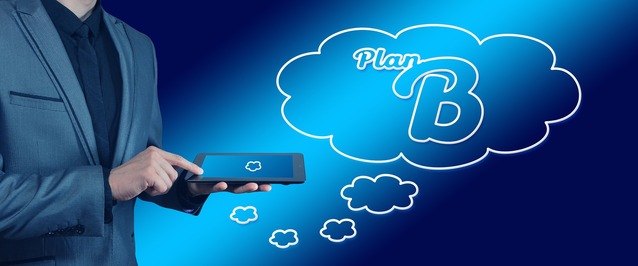Strategic Packaging Design

A strategic packaging design (SPD) is a holistic approach that outlines how a product should be packaged to meet specific business objectives. This plan encompasses various factors such as branding, market positioning, sustainability, cost, and consumer experience. SPD aims to develop packaging that not only safeguards the product but also boosts its attractiveness and aligns with the overall marketing strategy. Today, it is crucial for both manufacturing units and government organisations across different countries to focus on strategic packaging planning. This is essential for effectively conveying a product’s value, enhancing consumer engagement, and supporting broader business goals. For instance, within a manufacturing unit, it is important to assess the strengths and weaknesses of product packaging in comparison to competitors. In regions where industrial and agricultural products are of high quality but face significant waste and low global market sales, identifying solutions to these issues is vital. Furthermore, managing influential factors such as education, industry, and marketing in a way that fosters the growth of the packaging industry is imperative. This approach is expected to result in reduced waste, increased added value, and enhanced efficiency in packaging.
Our experts at the ICP are ready to collaborate and leverage their experience in developing strategic transformation plans to meet your needs in the packaging industry.
